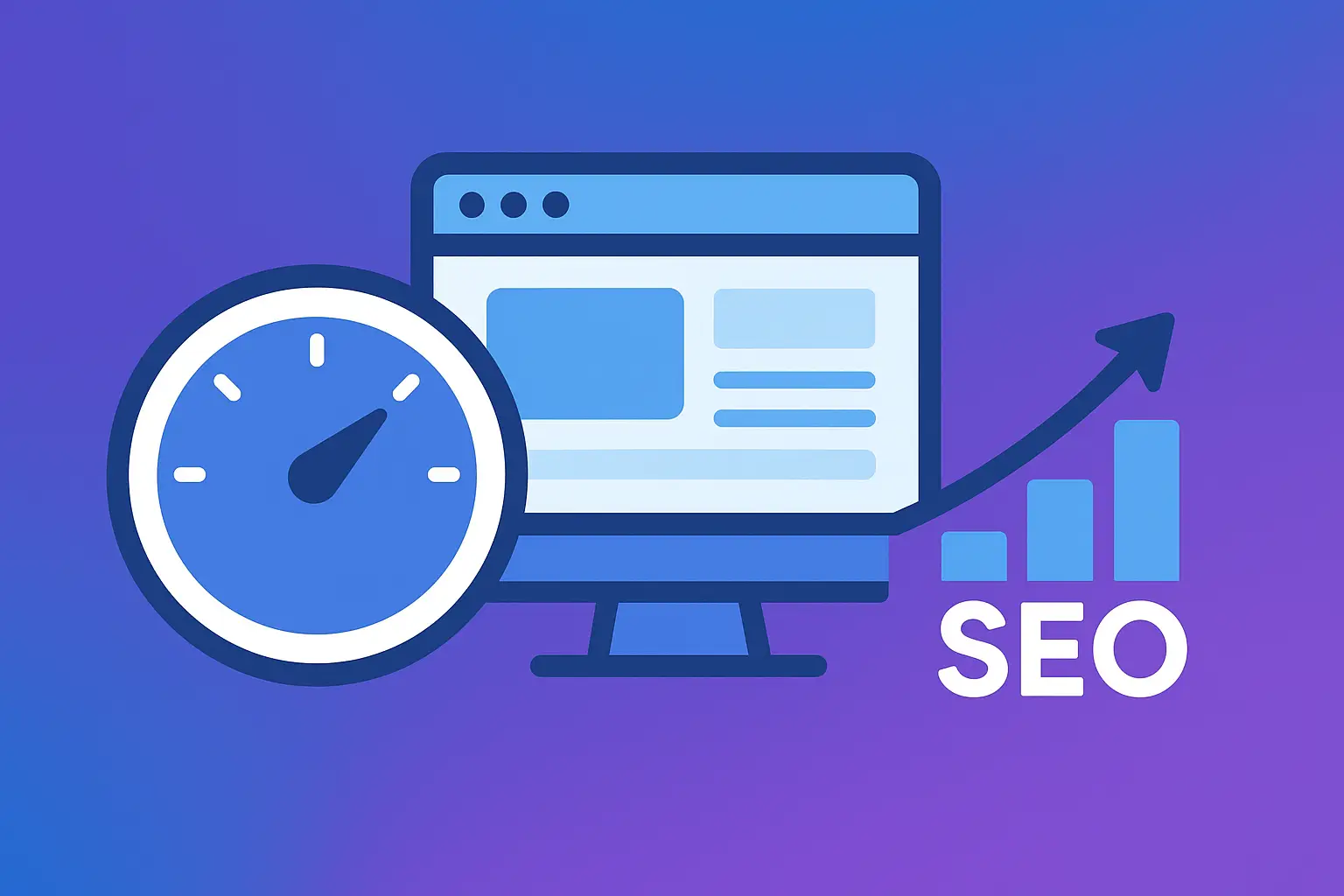Introduction
A slow-loading website can turn potential customers away in just a few seconds. With attention spans getting shorter, website speed optimization is no longer a technical choice—it’s a business necessity. Faster websites not only provide a seamless user experience but also play a critical role in SEO rankings. Google has made site performance a core ranking factor, which means that optimizing your website speed directly influences visibility, traffic, and conversions.
Why Website Speed Optimization Matters
1. First Impressions CountYour website is often the first interaction a visitor has with your brand. If the page loads in under 2 seconds, it creates trust and professionalism. A slow site, on the other hand, signals poor user experience and can instantly push visitors away.
2. Website Speed and SEO RankingsGoogle considers page speed as a vital ranking factor. Sites that load faster are more likely to rank higher in search engine results pages (SERPs). Website speed optimization ensures that your site meets Google’s Core Web Vitals, directly impacting SEO performance.
3. User Experience and ConversionsSlow websites frustrate users, leading to higher bounce rates and lower conversion rates. Research shows that even a one-second delay in page load can reduce conversions by 7%. A fast website ensures smoother navigation, better engagement, and higher sales.

Benefits of Website Speed Optimization
Optimizing your website speed goes beyond pleasing search engines. The advantages extend across business growth, customer trust, and brand reputation.
- Improved SEO Rankings: Faster sites gain better visibility on Google.
- Higher User Engagement: Visitors stay longer and interact more.
- Lower Bounce Rates: Speed reduces abandonment caused by delays.
- Increased Conversions: Smooth checkout and browsing improve sales.
- Better Mobile Experience: Crucial as mobile-first indexing dominates.
- Competitive Advantage: Stand out against slower competitors.
How Website Speed Optimization Works
Website speed optimization involves several technical and strategic improvements that make your site load faster across all devices.
1. Image OptimizationCompress and resize images without losing quality to reduce load time.
2. Browser CachingAllow browsers to store resources locally so returning visitors experience faster loads.
3. Content Delivery Network (CDN)Distribute your content across multiple servers worldwide, reducing latency for global users.
4. Code MinificationMinify CSS, JavaScript, and HTML files to remove unnecessary spaces and reduce file size.
5. Server OptimizationUse faster hosting solutions and optimize server response time.
6. Mobile OptimizationEnsure mobile responsiveness with AMP (Accelerated Mobile Pages) and mobile-friendly designs.
7. Core Web Vitals ComplianceMonitor and improve metrics such as Largest Contentful Paint (LCP), First Input Delay (FID), and Cumulative Layout Shift (CLS).
"Website speed optimization is not just about faster load times—it’s about improving SEO, enhancing user experience, and driving more conversions."
Website Speed Optimization and SEO
The Connection Between Site Speed and SEOGoogle’s algorithms reward websites that load quickly. By improving site performance, you not only enhance user experience but also increase your chances of appearing on the first page of search results.
How Website Speed Affects UX- Google PageSpeed Insights
- GTmetrix
- Pingdom
- Lighthouse
These tools help monitor performance and identify areas for improvement.
Frequently Asked Questions (FAQ)
Q1: How fast should my website load?Ideally, your site should load within 2–3 seconds for optimal user experience and SEO.
Q2: Does website speed really affect SEO rankings?Yes. Google has confirmed that site performance is a ranking factor, especially with Core Web Vitals.
Q3: Can website speed optimization improve conversions?Absolutely. Faster websites encourage smoother navigation and checkout, leading to higher conversion rates.
Q4: What tools can I use to check my site speed?Google PageSpeed Insights, GTmetrix, and Pingdom are reliable tools for performance monitoring.
Final Thoughts & Call to Action
A robust onboarding flow can be the difference between an app that gets deleted in minutes and one that bec
👉 At Transparent Solutions, we specialize in delivering performance-driven website optimization services that boost both SEO and UX.ddtages proivde kara di us bi
👉 Contact Transparent Solutions today to build an onboarding process that delights your users and strengthens retention.


Leave a Comment